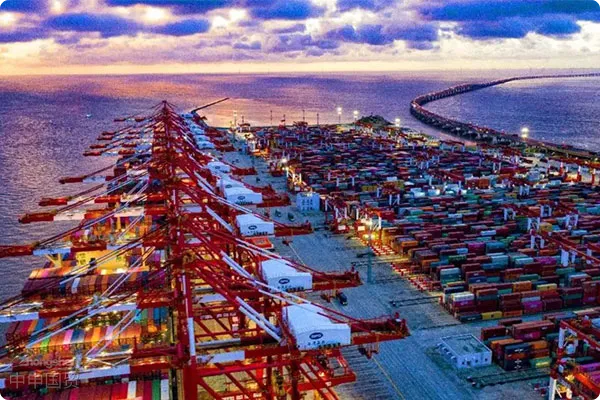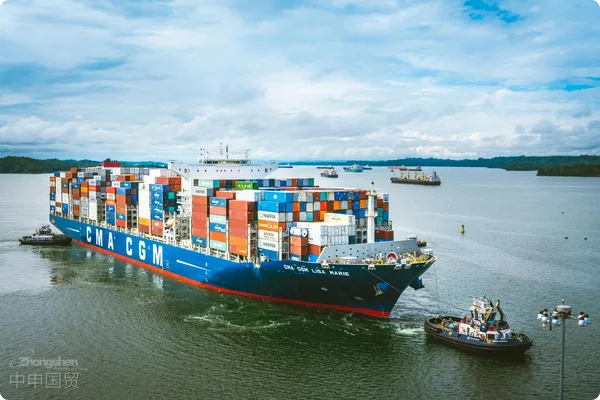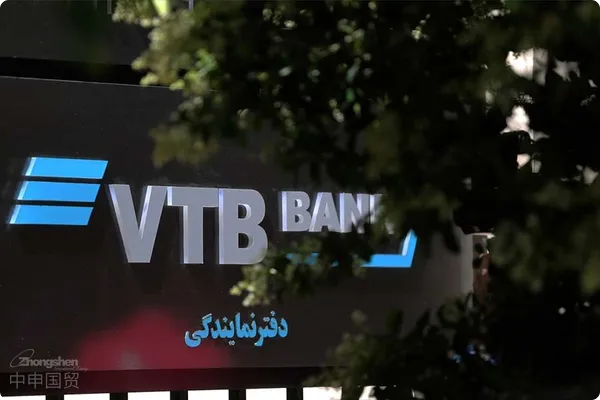- Shanghai Zhongshen International Trade Co., Ltd. - Two decades of trade agency expertise.
- Service Hotline: 139 1787 2118
In May 2024, China in semiconductorsequipment. For example, Indonesia has the SNI certification, Thailand has the TISI certification, and the Philippines has the BPS certification. It is necessary to confirm in advance the equipment voltage (such as 380V/50Hz in Thailand), the compatibility of the CE certification, and the proof of environmentally friendly materials.and Shanghais exports to Russia achieved significant growth. According to the data released by the General Administration of Customs and the data analysis of the Shanghai Customs, the activities in the two major fields performed outstandingly, injecting new vitality into the relevant industries and regional economy.import and exportSemiconductor equipment imports increased significantly
The unit price of imported equipment decreased continuously
Looking at the annual data, in the first five months of 2024, China imported a total of 4,860 units of such equipment, with an amount of 12.65 billion US dollars, an increase of 23% and 82% respectively year - on - year, and the average unit price was 2.6 million US dollars. This shows that China continues to invest in the import of semiconductor manufacturing equipment, aiming to enhance the production capacity and technical level of the domestic semiconductor industry.
Although the quantity and total value of imported equipment have increased significantly, the average unit price of each device has decreased for two consecutive months month - on - month, which reflects the changes in market demand and supply chain dynamics. The decline in the unit price of equipment may be affected by various factors, including international market price fluctuations, cost reduction brought about by technological progress, and Chinas enhanced bargaining power in the global supply chain.
Shanghais exports to Russia rebounded
Chinas continuous expansion of investment in semiconductor manufacturing equipment shows its emphasis on the upstream links of the semiconductor industry chain. With the intensification of competition in the global semiconductor market, Chinas strategic investment in this field will help improve its independent innovation ability, reduce its dependence on imports, and promote the rapid development of the domestic semiconductor industry.
At the same time, in May 2024, Shanghais exports to Russia also performed very well. According to the data analysis of the Shanghai Customs, in May, Shanghais export value to Russia reached 446 million US dollars, an increase of 9% year - on - year and a significant increase of 34% month - on - month. Previously, due to the possible impact of US sanctions on foreign banks involved in Russia, Shanghais exports to Russia decreased significantly for two consecutive months in March and April, with declines of 21.7% and 19% respectively.
In May 2024, China imported 1,008 machines and devices for the manufacture of semiconductor devices or integrated circuits, with a value of 2.17 billion US dollars. The number of imports increased by 42% year - on - year, and the value of imports increased by 58.4% year - on - year. The average unit price of each device was 2.15 million US dollars, a 7% decrease month - on - month. Although it has decreased for two consecutive months month - on - month, the decline has narrowed.
In May 2024, the total import and export volume between Shanghai and Russia reached 1.17 billion US dollars, an increase of 6.7% year - on - year. Among them, the import value from Russia was 720 million US dollars, an increase of 5.3% year - on - year. In the first five months, the total import and export volume between Shanghai and Russia reached 5.46 billion US dollars, an increase of 5.9% year - on - year, of which exports were 1.93 billion US dollars, an increase of 3.7% year - on - year, and imports were 3.53 billion US dollars, an increase of 7% year - on - year.
The outstanding performance of China in semiconductor equipment imports and Shanghais exports to Russia in May 2024 provides a good foundation for future economic development. Chinas continuous investment in semiconductor equipment will help improve the independent innovation ability and international competitiveness of the domestic semiconductor industry. And the rebound of Shanghais exports to Russia further proves the resilience and potential of Sino - Russian trade relations.

Imported mining electromechanical equipment agents play an important role in promoting the transformation and upgrading of Chinas mining industry. In the future, agents will continue to give full play to their advantages and help Chinas mining industry achieve high - quality development.
Looking to the future, with the continuous changes in the global economic situation, China needs to continue to increase investment and cooperation in scientific and technological innovation and international trade to ensure a favorable position in the global economic pattern. At the same time, by deepening cooperation with major trading partners including Russia, it promotes the stable development of multilateral trade relations and contributes to global economic recovery and sustainable growth.
After export restrictions, South Koreas urea imports from China account for only 13%
Related Recommendations
? 2025. All Rights Reserved. Shanghai ICP No. 2023007705-2  PSB Record: Shanghai No.31011502009912
PSB Record: Shanghai No.31011502009912










